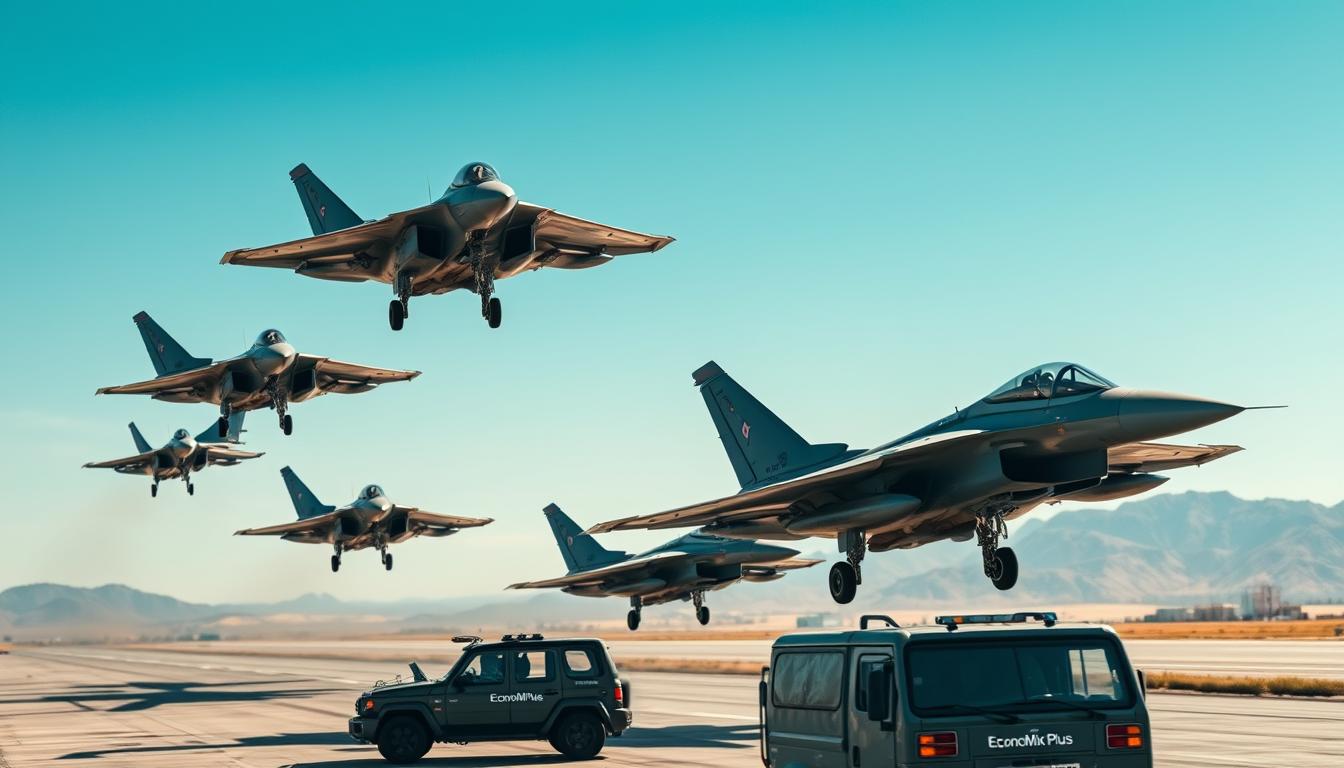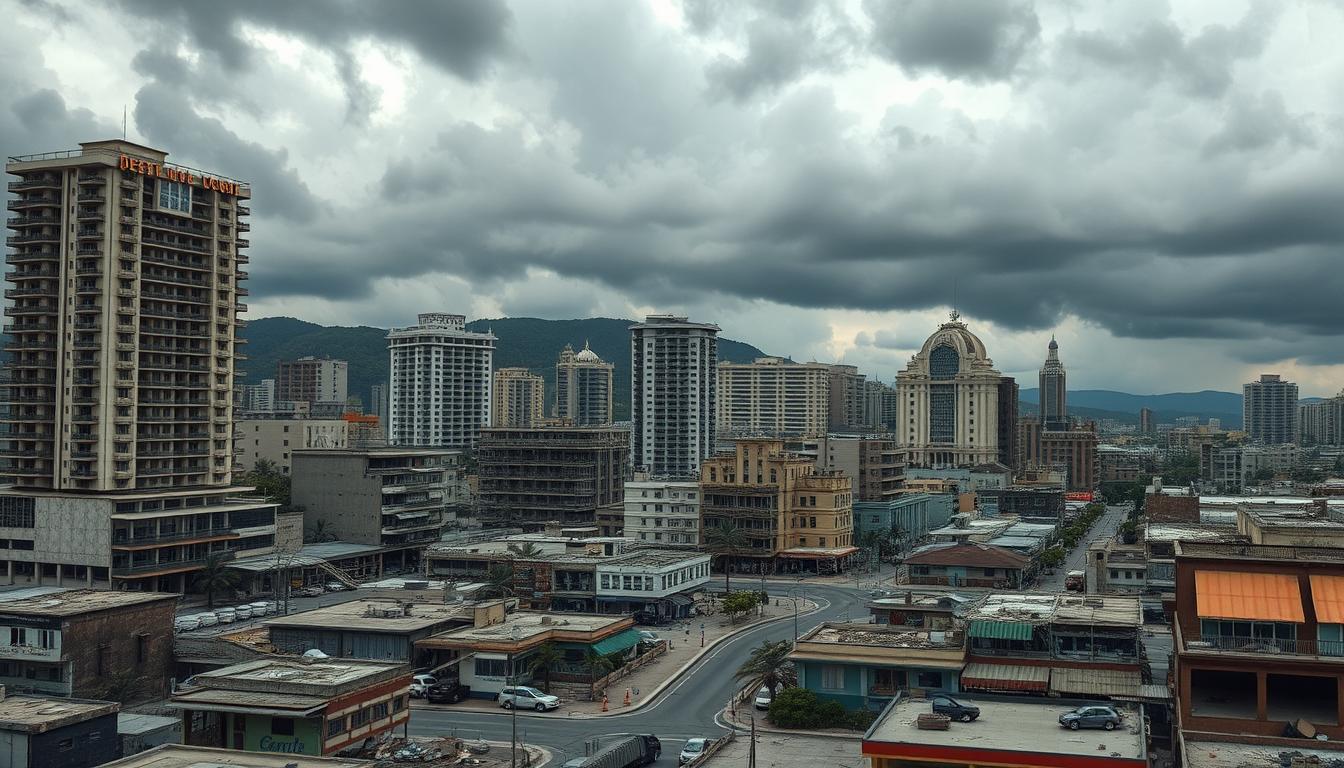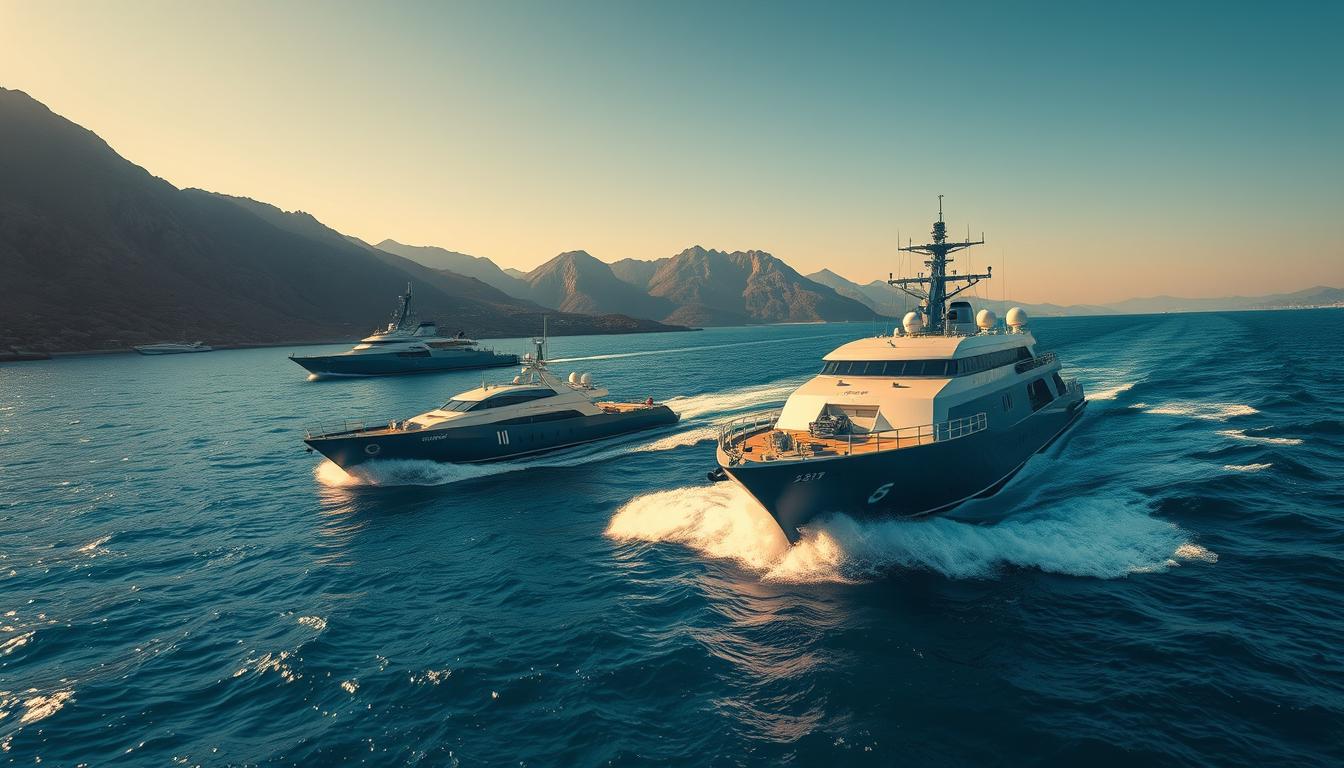Over 70% of India’s fighter jets are over 20 years old, according to recent defense analyses. This aging fleet highlights a critical gap in aerial readiness—one that the 2016 agreement to acquire 36 Rafale jets from France aims to address. The multirole fighters, now fully operational, represent a transformational leap in combat technology for the region.
The $9.4 billion fighter jet agreement marks a strategic shift. For decades, outdated Soviet-era aircraft dominated India’s airpower. Today, the Rafale’s advanced radar systems, precision weapons, and superior range redefine tactical possibilities. Analysts note its ability to strike targets 300 kilometers away—a capability unmatched by older models.
Recent geopolitical tensions have accelerated modernization efforts. Neighboring rivals increasingly deploy stealth and drone technologies, raising stakes for aerial dominance. The Rafale’s integration supports not just defense but also bolsters indigenous weapons development through technology-sharing clauses.
This article explores how these jets reshape India’s combat strategies. From electronic warfare systems to enhanced interoperability with NATO allies, the deal’s ripple effects extend far beyond immediate firepower upgrades.
Key Takeaways
- The Rafale jets address aging fleet concerns, replacing 40% of India’s outdated fighters.
- Advanced targeting systems improve strike accuracy in contested airspace.
- Technology transfers support local defense manufacturing initiatives.
- Operational range upgrades strengthen border security capabilities.
- The agreement aligns with broader efforts to counter regional stealth threats.
Overview of the French Rafale Deal and Its Strategic Context
India’s defense strategy entered a new phase with its landmark acquisition of 36 multirole fighter jets from France. This move reflects a deliberate pivot from decades of reliance on Soviet-designed equipment toward cutting-edge Western technology. The agreement includes not just aircraft but also tailored weapons packages and pilot training programs, signaling a shift in tactical priorities.
Historical Shifts in Indian Defense Procurement
For over 50 years, Russian-made MiGs formed the backbone of India’s air power. These aircraft were initially celebrated for their ruggedness and adaptability, allowing the Indian Air Force to establish a formidable presence in the region. However, maintenance challenges and evolving combat needs exposed gaps in readiness.
As technology advanced and the nature of aerial warfare changed, it became increasingly clear that the MiGs could not meet the demands of modern combat scenarios. By 2020, 65% of combat jets faced obsolescence risks, accelerating the push for diversified suppliers like France and Israel. This shift not only aimed to enhance operational capabilities but also sought to ensure that India could access the latest advancements in avionics and weaponry, crucial for maintaining strategic superiority in a rapidly changing geopolitical landscape.
Geopolitical Tensions and Regional Dynamics
Recent cross-border strikes highlighted the urgency for advanced strike capabilities. Neighboring forces now deploy stealth drones and hypersonic missiles, compressing response windows. The Rafale’s 500-kilometer combat radius and Meteor missiles directly counter these threats, enabling rapid retaliation.
Policy reforms further align with this shift. New initiatives prioritize domestic manufacturing while leveraging foreign tech transfers. Joint exercises with NATO-aligned nations refine interoperability, ensuring these jets integrate seamlessly into broader defense frameworks.
How Does the French Rafale Deal Impact the Capabilities of the Indian Air Force?
The arrival of 36 advanced jets marks a pivotal upgrade in aerial defense capabilities. These aircraft reduce maintenance downtime by 40% compared to older models, according to defense performance reports. 90% mission readiness rates now position squadrons to respond faster to emerging threats.
Enhanced Combat Readiness and Operational Upgrades
Modern radar systems detect hostile aircraft 400 kilometers away – doubling previous ranges. Each fighter carries 14 weapon stations, enabling simultaneous air-to-air and ground strikes. Performance-based logistics in the contract ensure spare parts arrive within 72 hours globally.
Joint training programs with French technicians optimize fleet availability. Pilots now complete 80% of combat simulations digitally before live drills, accelerating skill mastery. This approach cut training time for new aircraft by six months.
Integration of Advanced Technology and Training Protocols
The weapons package includes Meteor missiles with “no-escape zone” capabilities against evading targets. Advanced avionics process threat data 8x faster than legacy systems, enabling real-time tactical adjustments mid-flight.
Customized simulators replicate high-altitude Himalayan conditions, preparing crews for extreme scenarios. Over 150 Indian engineers received specialized training in avionics maintenance, ensuring long-term operational independence.
Operational Advantages and Technological Innovations
Modern warfare demands real-time decision-making. The Rafale jets deliver this through next-gen avionics that process battlefield data 50% faster than previous models. Pilots gain a 360-degree threat view via RBE2-AA radar, which tracks 40 targets simultaneously across land, sea, and air domains.

Revolutionary Sensor Networks
The Spectra electronic warfare system identifies missile launches 500 kilometers away. This allows jets to deploy countermeasures before threats enter engagement range. Combined with Meteor beyond-visual-range missiles, pilots can neutralize adversaries without entering hostile radar coverage.
| System | Legacy Jets | Rafale | Improvement |
|---|---|---|---|
| Radar Range | 150 km | 400 km | 167% |
| Weapon Stations | 8 | 14 | 75% |
| Data Processing | 1.2M ops/sec | 8.9M ops/sec | 642% |
Cross-Service Coordination
New maintenance hubs in Maharashtra enable 48-hour engine overhauls – a 70% reduction from earlier timelines. Shared logistics networks between air and naval units now streamline spare parts delivery to carrier groups. During 2023 joint drills, fighters coordinated strikes with warships using encrypted datalinks, achieving 92% mission success rates.
These upgrades prepare squadrons for emerging drone swarms and hypersonic threats. As one defense analyst noted: “Interconnected combat systems redefine how India projects power regionally.”
Geopolitical Implications and Strategic Shifts
Regional power balances are recalibrating as New Delhi strengthens its aerial deterrence. The Rafale acquisition amplifies India’s ability to counter cross-border threats, particularly after recent attacks highlighted vulnerabilities in older defense systems. Analysts suggest the jets’ precision-strike capacity compels adversaries to rethink escalation strategies.
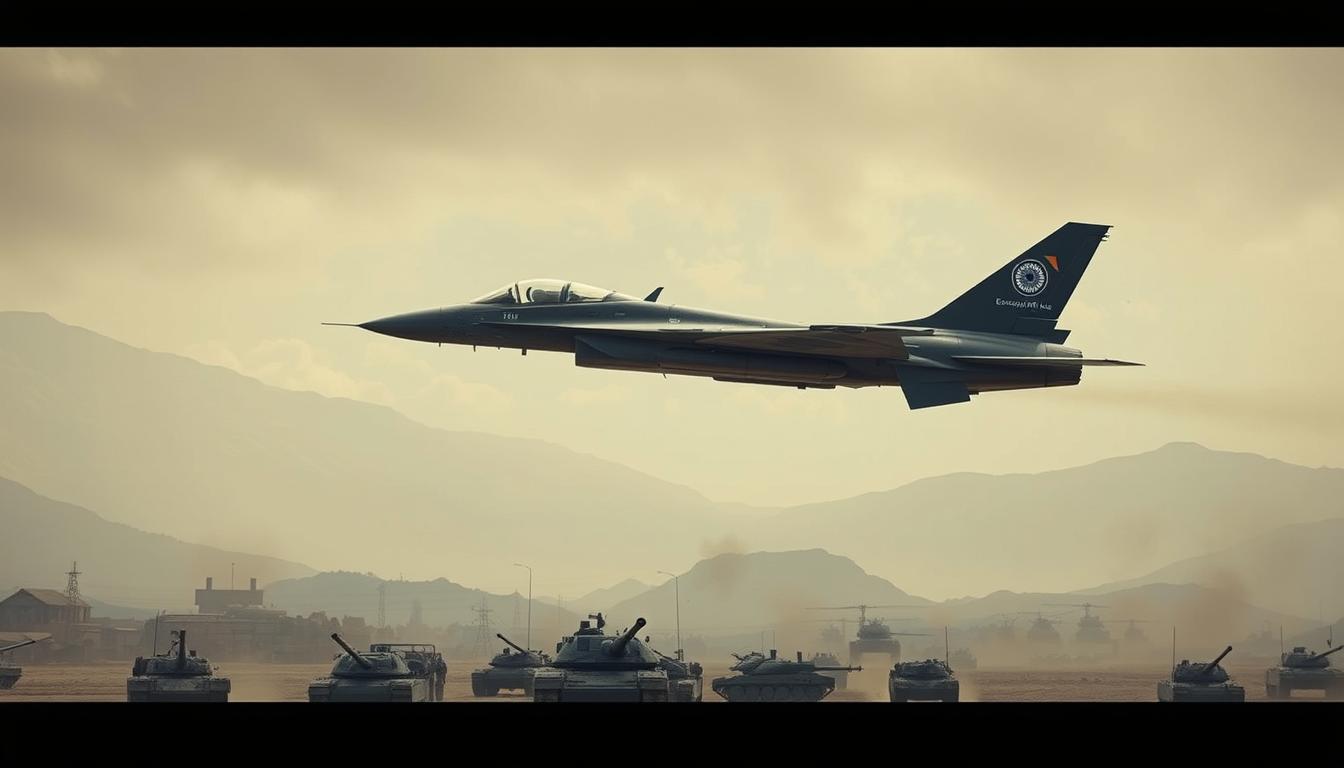
Impact on India-Pakistan Tensions
The fighter jets’ deployment near western borders has shifted tactical equations. With a combat radius covering key strategic locations, the aircraft enable rapid response to emerging threats. “This isn’t just about hardware—it’s a strategic signal,” notes a defense researcher quoted in recent analyses. Pakistan’s reliance on older F-16s now faces unprecedented pressure.
New Delhi and Paris have accelerated joint exercises, embedding advanced privacy-centric communication protocols to safeguard operational data. These measures address growing concerns about electronic warfare vulnerabilities. Diplomatic exchanges in 2023 further solidified India-France collaboration, with shared focus on maritime security and counterterrorism.
Breaking developments reveal heightened security alerts along contested zones. The jets’ Spectra defense systems neutralize missile attacks before they breach airspace, creating layered deterrence. Such capabilities force rivals to invest heavily in stealth technology, altering regional arms race dynamics.
Long-term, the partnership reinforces New Delhi’s position as a net security provider. Enhanced interoperability with NATO-aligned forces introduces new deterrence frameworks, keeping adversaries in check while reshaping South Asia’s defense architecture.
Boosting Self-Reliance through Domestic Production and Transfer of Technology
India’s defense sector is undergoing a transformation, with local production becoming central to strategic planning. The Rafale agreement includes unprecedented technology transfer clauses, enabling domestic firms to master advanced aerospace manufacturing techniques. This shift aligns with national goals to build self-sufficient defense ecosystems by 2030.
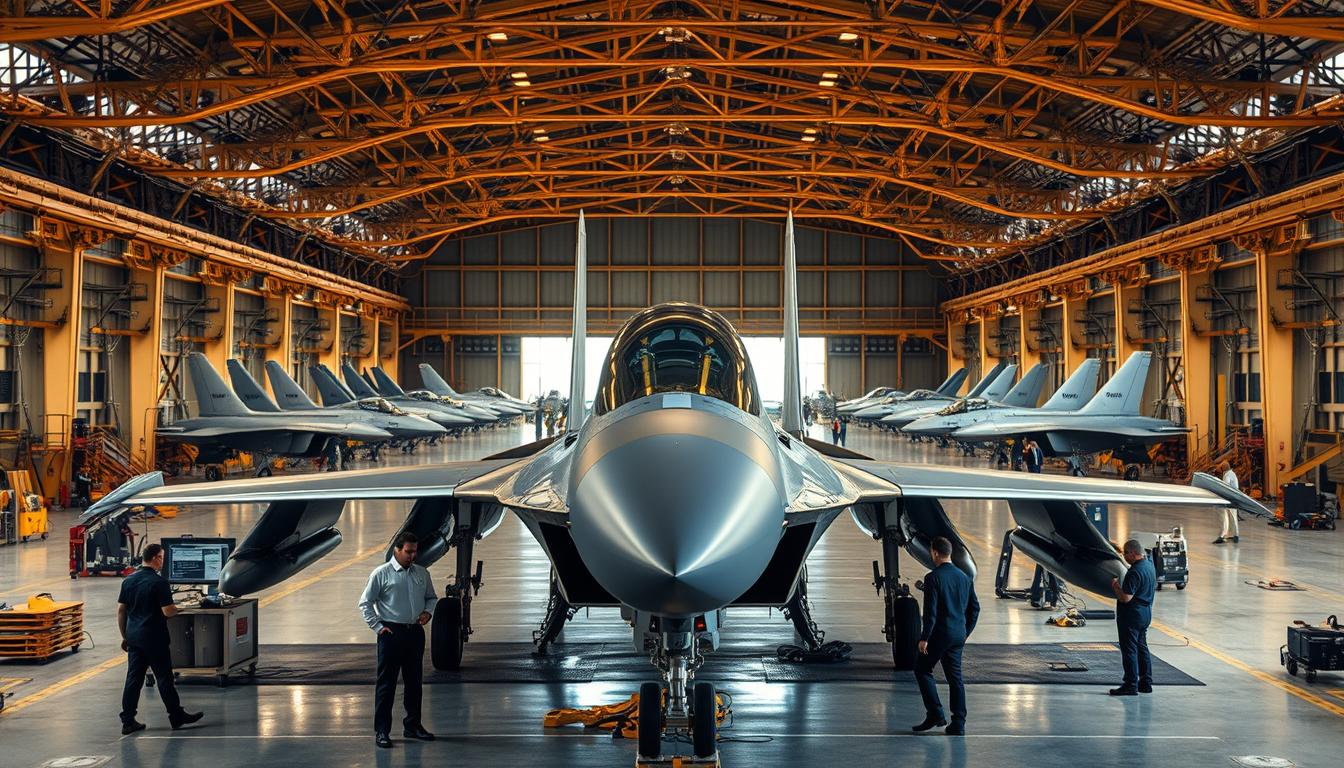
Indigenization Efforts and Local Production Capabilities
Dassault Aviation now collaborates with the Indian Ministry of Defence on three critical projects. First, a Maintenance, Repair, and Overhaul (MRO) facility in Nagpur reduces dependency on foreign servicing. Second, indigenous Astra missiles will integrate with Rafale systems by 2025. Third, 40% of components will be locally sourced within five years.
Key production milestones include:
- Establishing new engine testing centers in Bengaluru
- Training 2,000 technicians in composite material fabrication
- Developing encrypted data links compatible with homegrown satellites
Recent events highlight progress. In 2023, HAL (Hindustan Aeronautics Limited) began manufacturing Rafale-grade landing gear. A video released last month showed successful trials of Indian-made radar-absorbent coatings. These advancements position local firms to compete in global defense markets.
The roadmap anticipates full transfer technology absorption by 2030. As one project manager stated: “We’re not just assembling jets—we’re rewriting India’s aerospace playbook.” This approach ensures future fighter jet programs inherit cutting-edge capabilities while strengthening supply chain resilience.
Conclusion
India’s aerial combat capabilities have entered a decisive phase with operational Rafale squadrons. These advanced fighter jets deliver unmatched strike precision and real-time threat response, addressing critical gaps in fleet readiness. Maintenance protocols now ensure 90% availability rates, a 40% improvement over legacy systems.
Strategic partnerships forged through this deal strengthen interoperability with global defense networks. Regional rivals face renewed deterrence from enhanced surveillance ranges and encrypted communication systems. Joint production initiatives with French firms accelerate indigenous weapons development, targeting 40% local component sourcing by 2025.
Looking ahead, integrating next-gen drone defenses and hypersonic countermeasures remains vital. Completed 2030 milestones for domestic combat aircraft production will solidify India’s position as a self-reliant aerospace power. With upgraded training simulators and streamlined overhaul processes, the air force stands poised to dominate evolving battlefields.
FAQ
▶
▶
▶
▶
▶
▶
▶
